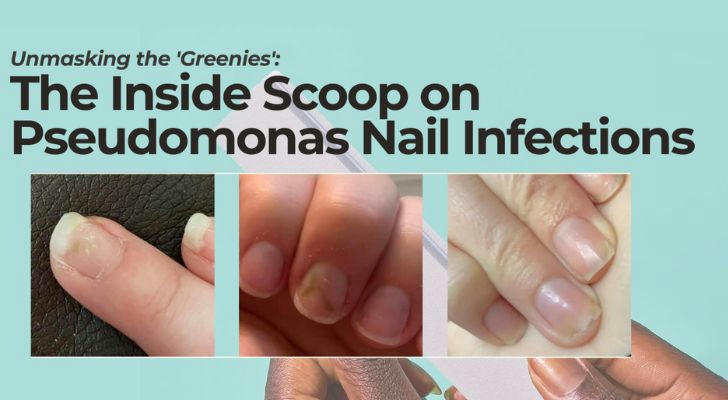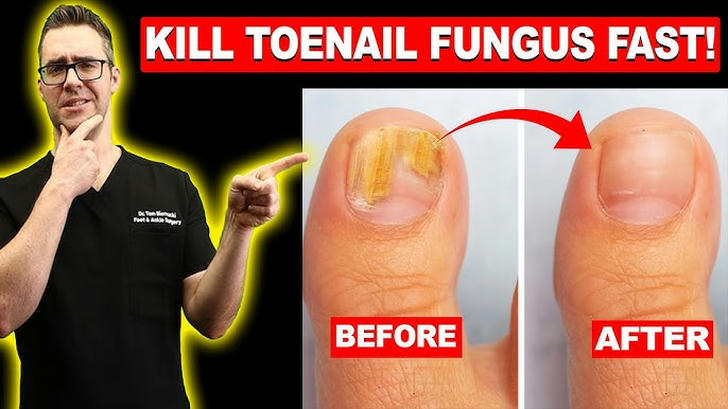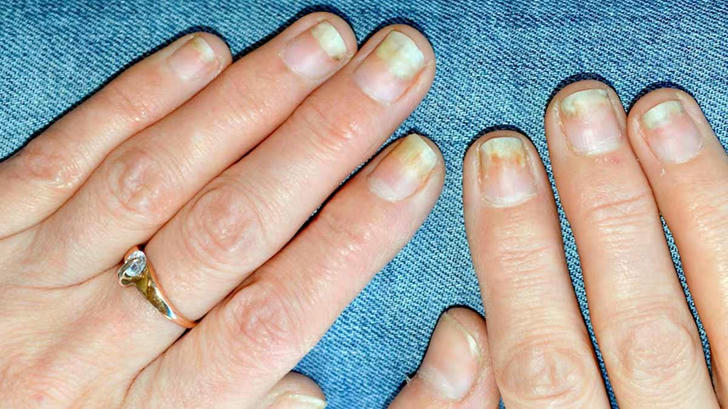Causes of Nail Discoloration and What to Do
Nail discoloration is a noticeable and often frustrating issue. Whether it's a yellow tint after wearing nail polish, white spots that seem to appear out of nowhere, or more unusual colors like green or brown, changes in nail color can sometimes be harmless — or signal a deeper concern. Understanding what causes nail discoloration and knowing how to respond is essential for both nail health and overall wellness.
This article breaks down common causes of discolored nails and offers practical, research-based solutions that can be applied safely at home or in consultation with a healthcare provider.

What Does Normal Nail Color Look Like?
Healthy fingernails are generally pale pink with a slightly lighter half-moon shape (called the lunula) near the cuticle. The nail bed should be smooth, uniform in color, and free of spots or streaks.
When nails turn shades of yellow, white, blue, green, or even black, it often indicates an underlying condition — whether external (like staining from polish) or internal (like fungal infections or health disorders).
Common Types and Causes of Nail Discoloration
1. Yellow Nails
Appearance: A yellow tint across the nail plate, often spreading from the tip.
Common Causes:
- Staining from nail polish (especially red or dark shades)
- Fungal infections (onychomycosis)
- Smoking-related nicotine stains
- Lymphedema or respiratory disease (less common)
What to Do:
- Take breaks between manicures
- Use a base coat before applying polish
- See a dermatologist for persistent discoloration; antifungal treatment may be needed
According to the American Academy of Dermatology, yellow nails are a common sign of fungal nail infections, particularly in toenails.
2. White Spots or Lines (Leukonychia)
Appearance: Small white dots or horizontal lines
Common Causes:
- Minor trauma to the nail matrix
- Allergic reactions to polish or remover
- Occasional zinc or calcium deficiency
- Systemic illness or medication effects
What to Do:
- Allow nails to grow out naturally
- Monitor for repeat reactions to polish
- Seek evaluation if persistent or widespread
3. Green Nails
Appearance: Green or bluish-green patches under the nail
Cause:
Pseudomonas bacterial infection, typically from moisture trapped under extensions or enhancements
What to Do:
- Remove artificial nails and keep the nail dry
- Apply antiseptics (diluted vinegar or alcohol)
- For persistent cases, antibiotics may be required
A review in Clinical Microbiology Reviews identifies Pseudomonas aeruginosa as a common pathogen in green nail syndrome, especially in wet conditions.

4. Brown or Black Nails
Appearance: Dark spots, bands, or total nail discoloration
Common Causes:
- Trauma or bruising (subungual hematoma)
- Increased melanin (melanonychia)
- Medications such as antimalarials or chemotherapy
- Melanoma (a rare but serious condition)
What to Do:
- Monitor growth — injury-related darkness usually grows out
- See a dermatologist for dark lines or spots, especially if they don’t grow with the nail
- Early detection is critical for melanoma
5. Blue or Purple Nails
Appearance: Bluish or purplish tint, especially at fingertips
Common Causes:
- Cold exposure or poor circulation
- Low blood oxygen levels (cyanosis)
- Underlying heart or lung conditions
What to Do:
- Warm the hands and observe changes
- Persistent blue nails should be medically evaluated
6. Pale or White Nails
Appearance: Very light-colored nails lacking pinkness
Common Causes:
- Normal aging
- Anemia (low iron)
- Liver disease (such as cirrhosis)
What to Do:
- Test for iron levels and liver function if needed
- Nutritional improvements and managing health conditions can restore color
General Nail Discoloration Prevention Tips
Preventing discoloration begins with consistent nail care:
- Always use a base coat under colored polish
- Limit use of extensions or gel systems
- Keep nails clean and dry
- Avoid biting or picking
- Moisturize cuticles regularly
- Disinfect nail tools and avoid sharing them
When to Seek Medical Advice
Certain changes should not be ignored. Consult a healthcare provider if:
- Discoloration lasts more than a few weeks
- Nails change shape, thicken, or separate
- Discoloration is accompanied by pain or swelling
- Only one nail is affected, particularly with a dark line
- There is a personal or family history of skin cancer
Conclusion
Nail discoloration can stem from polish habits, minor injuries, or more serious internal conditions. Knowing the potential causes and observing the nature of the color change can help guide the right course of action. With informed habits and proper care, most nail discoloration issues can be minimized or resolved — and for those that can’t, medical evaluation is a smart next step.

References:
- American Academy of Dermatology Association.
- Mayo Clinic. Nail discoloration and related conditions.
- Clinical Microbiology Reviews, 2015; Vol. 28(4): 782–794
